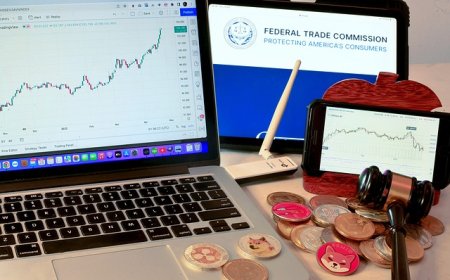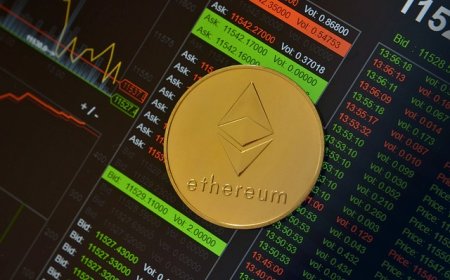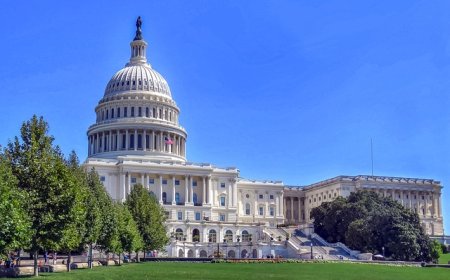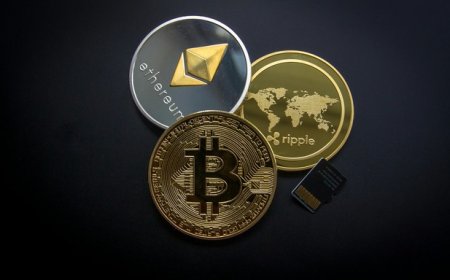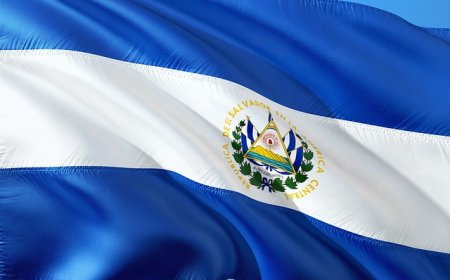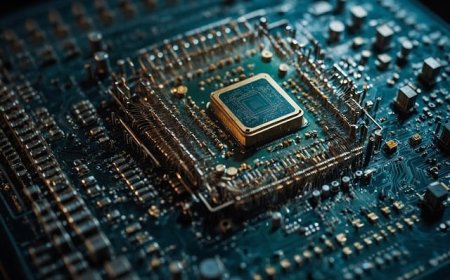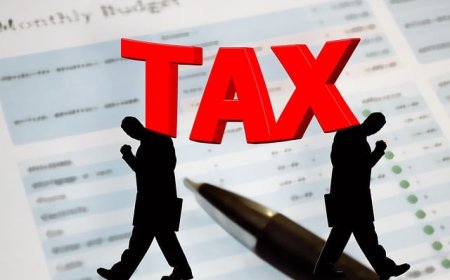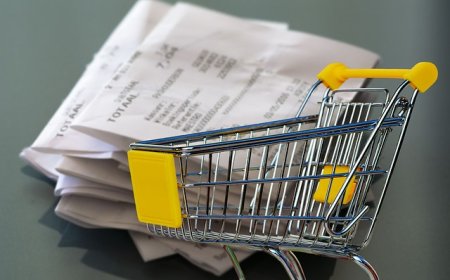Is DeFi Ready for Mass Adoption, or Will Regulation Slow it Down?

With decentralized finance (DeFi) surpassing $100 billion in total value locked (TVL), it’s evident that this technology is no longer just an experimental concept—it’s a global movement. Initially inspired by the Bitcoin white paper, DeFi has evolved from niche projects to a key component of the financial ecosystem, now garnering attention at the highest levels, including U.S. Congressional hearings.
The growing dialogue surrounding DeFi outside traditional blockchain circles is a sign of its increasing mainstream relevance and impact. Policymakers are recognizing its long-term potential, yet DeFi’s future is uncertain. It faces two potential paths: accelerated mass adoption or slowed progress due to regulatory intervention. While DeFi’s momentum is strong, its survival may hinge on the regulatory frameworks put in place.
Assessing DeFi’s Path to Widespread Adoption
Critics may argue that mass adoption of DeFi is still out of reach, but the evidence suggests otherwise. DeFi has already moved past its experimental phase and is making significant contributions to the financial landscape, particularly with innovations in tokenization and broader applications. Prominent platforms like Aave and MakerDAO are pioneering the integration of DeFi with traditional finance, increasing its accessibility to both institutional investors and everyday users.
DeFi’s growth is also reflected in its impressive TVL, with platforms like Aave managing billions in assets. This demonstrates the trust and engagement DeFi systems have gained from developers and users alike. Recent U.S. Congressional hearings further highlight the seriousness with which lawmakers are now approaching DeFi, debating how to balance innovation with consumer protection.
Why DeFi Should Be the Future of Finance
The question is not just whether DeFi will achieve mass adoption but whether it should. The answer is a resounding "yes." DeFi addresses key inefficiencies and inequities in the current financial system.
One of its most transformative promises is financial inclusion. DeFi offers access to financial services for billions of unbanked or underbanked people worldwide, especially in developing regions. With nothing more than an internet connection, individuals can engage in global financial markets without relying on traditional banks, fostering economic empowerment on an unprecedented scale.
Platforms like Compound, Uniswap, and Sushiswap are already addressing gaps in the market by offering decentralized lending, borrowing, and trading solutions. These platforms reduce barriers to entry for underserved populations, democratizing access to financial services.
DeFi also combats high fees, complicated processes, and a lack of transparency that plague traditional finance. By eliminating middlemen, DeFi reduces costs, simplifies transactions, and enhances transparency through open-source blockchains, allowing users to verify transactions independently, which minimizes the risk of fraud and corruption.
Additionally, DeFi enables new avenues for income generation through decentralized lending, staking, and yield farming. Users can earn returns on their assets without the need for banks, fostering competition and innovation that could ultimately result in better services.
In short, DeFi is not just a complementary alternative to traditional finance—it’s an essential development for the future of the global financial system.
Can Overregulation Threaten DeFi’s Core Principles?
While DeFi holds enormous promise, overregulation could jeopardize its potential. Regulatory uncertainty—especially blanket enforcement actions that fail to account for DeFi’s unique features—could stifle innovation. We’ve already seen high-profile cases where regulators have taken broad actions, potentially driving key DeFi platforms out of the United States and curtailing domestic industry growth.
For smaller DeFi projects, compliance with complex regulations could prove prohibitive, reducing competition and innovation. Only well-funded projects may survive, leading to an ecosystem dominated by a few major players and stifling the emergence of new, beneficial projects.
Divergent regulatory frameworks across countries could further complicate matters, creating a fragmented ecosystem that hampers cross-border transactions. DeFi’s global appeal relies on interconnectedness, and fragmentation would diminish its utility.
Finally, overzealous regulatory approaches could compromise one of DeFi’s core principles: decentralization. Imposing excessive know-your-customer (KYC) and anti-money laundering (AML) requirements could push DeFi platforms toward centralization, alienating their core user base and undermining transparency and privacy—the very benefits DeFi is meant to provide.
Charting a Balanced Regulatory Course for DeFi in the U.S.
Rather than applying traditional financial regulations to DeFi, policymakers should recognize DeFi’s decentralized nature and adapt accordingly. Clear, specific guidelines that reflect DeFi’s unique characteristics are essential to provide legal certainty for developers while allowing innovation to flourish without fear of sudden enforcement actions.
DeFi stakeholders must also be involved in the regulatory process. Collaborative efforts between regulators and the DeFi community can lead to policies that address both consumer protection and the sector’s capabilities. For example, the Blockchain Association has been actively fostering dialogue between regulators and the DeFi community, contributing to a pro-innovation policy environment.
The U.S. should also aim to minimize regulatory burdens. A “light-touch” approach—similar to the early days of the internet—could encourage experimentation and growth, particularly for smaller projects. Regulatory sandboxes, where projects can operate with fewer restrictions while being monitored, could provide a safe environment for innovation while maintaining consumer protection.
At the same time, DeFi platforms must prioritize user protection. Ensuring users are informed about risks, fees, and potential losses, and conducting regular security audits, can foster a safer environment. Encouraging or mandating the use of independently verified smart contracts would also reduce the risks of hacks and fraud.
The European Union’s Markets in Crypto-Assets (MiCA) regulation offers a clear example of how thoughtful regulation can benefit DeFi. By providing definitions and classifications for crypto-assets, MiCA has given DeFi projects in the EU clarity about their legal standing, fostering innovation and user participation without stifling the ecosystem.
The Crossroads of Innovation and Regulation: What’s Next for DeFi?
DeFi has the potential to transform the U.S. financial system and drive global prosperity, but its future depends on how policymakers respond to its emergence. A heavy-handed regulatory approach could undermine everything DeFi stands for. The next few years will determine whether DeFi can continue its upward trajectory or be stymied by ill-fitting regulations. Striking the right balance between innovation and regulation will be crucial to ensuring that DeFi fulfills its potential as the future of finance.
What's Your Reaction?







